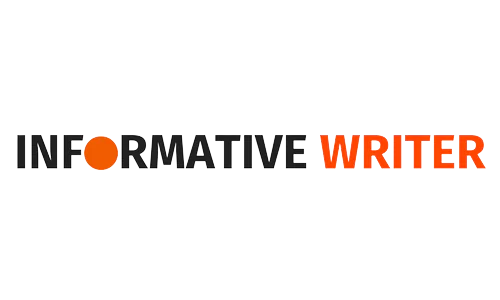If you are thinking of buying a home in Canada, you may be wondering about the different types of mortgages available. There are open and closed mortgages, Variable rate mortgages, and Standard adjustable rate mortgages. In addition, there are also reverse mortgages. Let’s take a look at some of them.
Table of Contents
1. Open and Closed Mortgages
When looking for a mortgage, it’s a good idea to familiarize yourself with the difference between open and closed mortgages in Canada. Closed mortgages generally have a longer term and a lower interest rate, while open mortgages typically have more flexibility for making additional payments.
Although open mortgages can be advantageous in some situations, most Canadians prefer closed mortgages for various reasons. They can be beneficial when moving or separating from a partner, expecting interest rates to decrease, or anticipating a large windfall of cash. Before making a decision, be sure to do your research and speak with a mortgage professional.
An open mortgage in Canada typically has a shorter term than a closed mortgage, usually from six months to five years. These mortgages are less common than closed mortgages, but are a viable option for some people, especially if they anticipate that they will eventually be able to pay off their mortgage.
2. Standard Adjustable Rate Mortgages
Standard adjustable rate mortgages in Canada are loans that adjust to the prime interest rate of the lender. If the prime rate increases, the mortgage rate will increase by the same amount. If the prime rate decreases, the mortgage rate will fall. The prime rate in Canada is typically determined by the Bank of Canada. As of March 2, 2022, it is 2.7%.
Standard adjustable rate mortgages in Canada can last for a fixed term of five years or more. These mortgages from providers like MCAP are a popular choice in Canada because of their fixed payment schedule. Banks and individuals alike will appreciate the certainty of knowing exactly what their payments will be.
Also, Check – Why Employee Scheduling Software is Necessary for Your Business
3. Variable Rate Mortgages
Variable rate mortgages in Canada are a type of mortgage that fluctuates with the Bank of Canada’s prime rate. When the Bank raises the overnight rate, lenders raise their rates accordingly. This means that the variable rate of your mortgage will fluctuate with it, but your payments will remain the same.
Variable rate mortgages in Canada are most commonly offered with a three or five-year term. This means you’ll make 60 monthly payments over the course of the mortgage. During the first few years of the mortgage, your payments will remain the same, but at a higher interest rate, your payments will go toward interest.
4. Reverse Mortgages
With a population of one-third over 55 and more Canadians living in their homes, reverse mortgages are a growing business. According to a recent study by the National Institute on Aging, 91% of Canadians over 65 are homeowners. In addition, the average Canadian can expect to live an additional 20 years after reaching 65.
Reverse mortgages in Canada are available at fixed and variable rates, so determining the right one for you is important. Fixed rates are fixed for a certain period of time, usually one, three, or five years. It’s important to talk to a mortgage specialist and research your options before making a decision.

5. Equity Financing
The housing market in Canada is experiencing a downturn and the financial regulator OSFI has tightened the rules on riskier home loan products. The move is designed to address the excessive mortgage debt that was fueled by record-low interest rates. The downturn in the housing market is one of the biggest threats to Canada’s financial system.
The equity in your home is a valuable resource. Taking out a home equity loan allows you to tap into that value. The loan can be used for many purposes, including debt consolidation, renovation projects, or investments. However, it is important to understand that not all major banks offer home equity loans. The interest rates associated with these loans can be significantly higher than the rate on a primary mortgage.

















